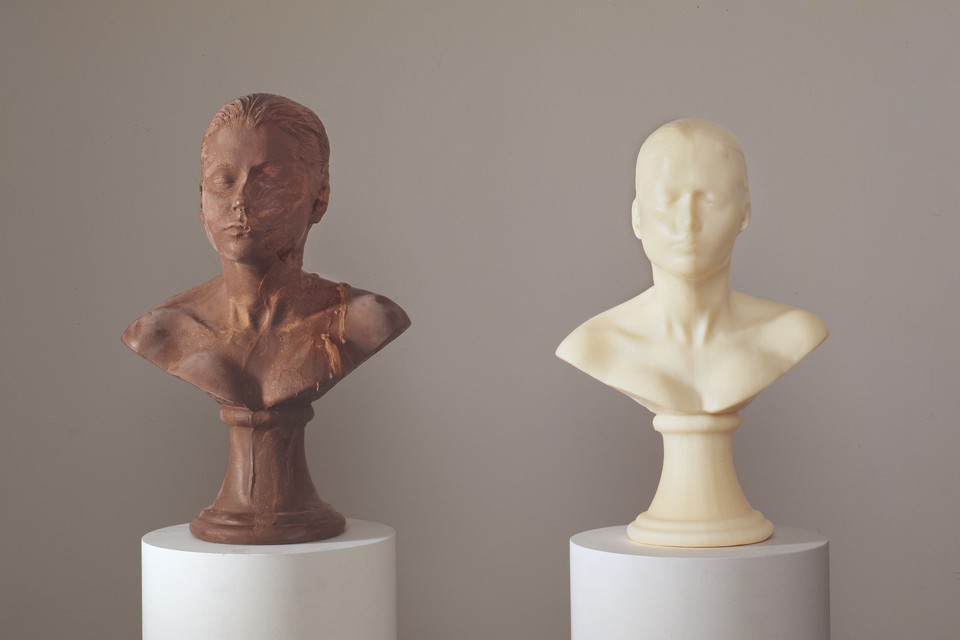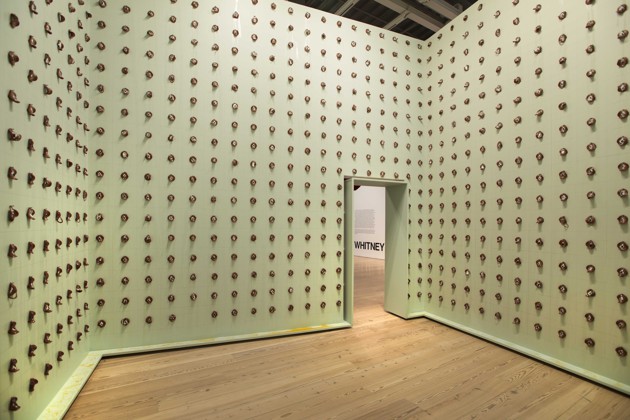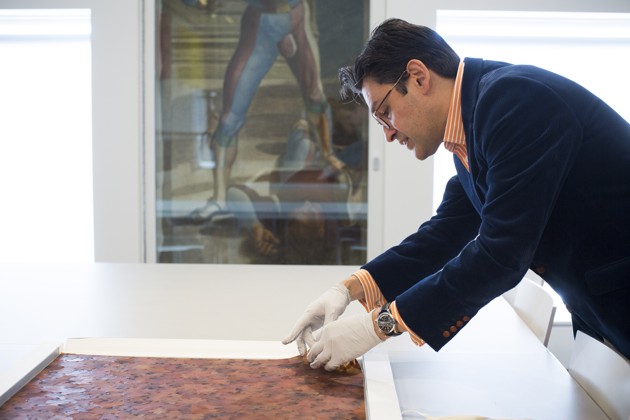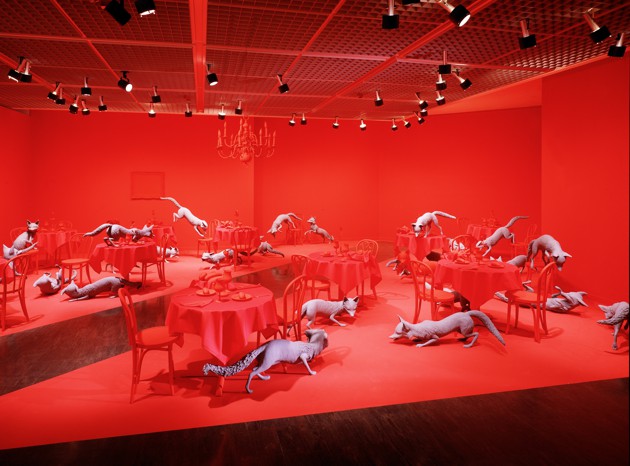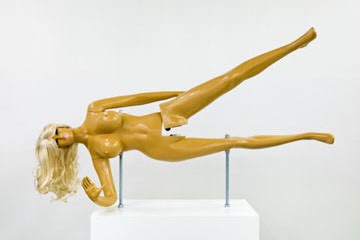opus 1207... 1st of 18 for F'sLG
opus 1208... 2nd of 18 for F'sLG
opus 1209... 3rd of 18 for F'sLG
opus 1210... 4th of 18 for F'sLG
opus 1211... 5th of 18 for F'sLG
opus 1212... 6th of 18 for F'sLG
opus 1213... 7/18 for F'sLG
opus 1214... 8/18 for F'sLG
opus 1215... 9/18 for F'sLG
opus 1216... 10/18 for F'sLG
opus 1217... 11/18 for F'sLG
opus 1218... 12/18 for F'sLG
(TO BE CONTINUED AS LONG AS SHITTY WORLDWIDE EVENTS KEEP HAPPENING)
opus 1208... 2nd of 18 for F'sLG
opus 1209... 3rd of 18 for F'sLG
opus 1210... 4th of 18 for F'sLG
opus 1211... 5th of 18 for F'sLG
opus 1212... 6th of 18 for F'sLG
opus 1213... 7/18 for F'sLG
opus 1214... 8/18 for F'sLG
opus 1215... 9/18 for F'sLG
opus 1216... 10/18 for F'sLG
opus 1217... 11/18 for F'sLG
opus 1218... 12/18 for F'sLG
(TO BE CONTINUED AS LONG AS SHITTY WORLDWIDE EVENTS KEEP HAPPENING)


















